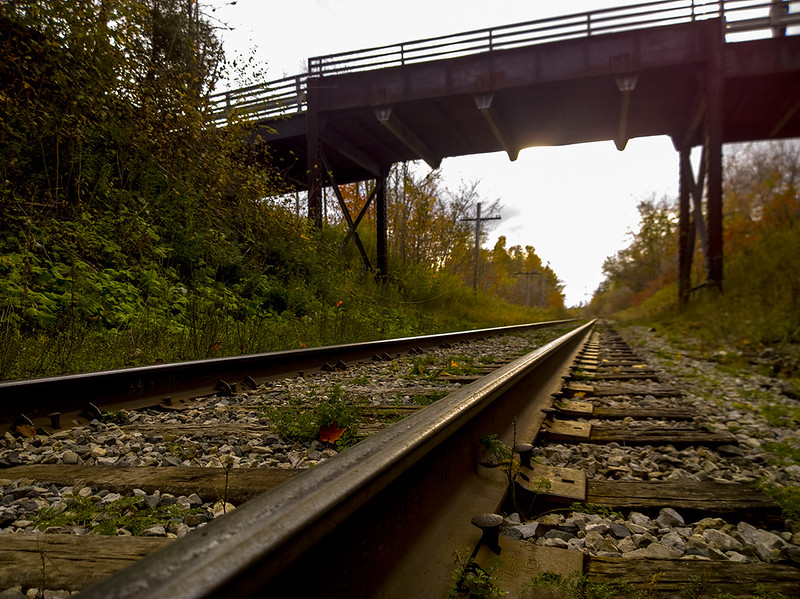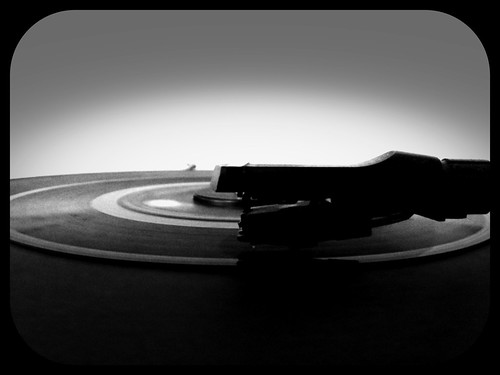So two years, almost, has passed since my last post. It has been a rather interesting couple of years with little to no shooting at all. Definitely no processing of film and no scanning either. Just a complete lack of any kind of inspiration. Every time I picked up a camera I felt overwhelmed and anxious, with little desire to actually load and shoot the camera.
Without inspiration to shoot, I felt little need to really fire away with a camera. Don't get me wrong, I still took some photos here and there. I took many on my cellphone, as I always have it on me, but only a handful on my 35mm or larger. In fact, my Zeiss Ikon Super Ikonta has sat on the shelf, closed up, since late winter of 2018... It gave a big puff of dust when I picked it up and blew it off.
Taking up golf, however, did help a bit. Especially my last outing, when I had my Canon EOS Elan 7NE loaded with some E6... But that was at the end of summer, 2019.. So it was recently, about the time that I felt the need to start shooting again. Renos to the house, that actually made a huge difference in my mood, as I finally got some creative juices flowing.. Redoing my carpeted stairs, from gross neutral pink/gray/red/blech colour to hardwood flooring. A hanging chandelier above the landing to really set it off, plus a full repainting of the walls. It just felt good to give everything a refresh and finally do something...
I think what really set it off was when, for my Birthday, I decided that I would like to request only one gift from family.... A new lens for my ELAN 7Ne. So, I purchased a Like-New (I buy used whenever I can) EF-L 17-40mm ƒ/4 lens.. Considering that I've come to realize that I, by far, much prefer landscape photography over portraits, which is probably why I love my large format cameras... the scenery doesn't complain when it takes 10 minutes to snap one photo... It fit my ideal focal lengths perfectly. Plus, although slower at f/4, you rarely shoot landscapes with a wider aperture than 5.6 -> 8 anyway..
After trying it out, I was hooked. It told more of the story I wanted to tell. Plus, something else started to happen... I started to give away my collection of old cameras. I no longer felt any desire at all to collect them. If they weren't being used, they were no longer welcome in the house. Sure, I have a few that will never go which are shelf queens, such as the Deardorff and Yashica Lynx-14.. They were inherited from grandparents, so family cameras... AND a few Kodak cameras, like the Duaflex IV (my first usable medium format camera) and Brownie Bullseye (which is a very lovely 6x9 Box camera that focuses)... to the Agfa Shurshot, because it's a BOX camera. I actually love shooting with BOX cameras, because you can literally not care what you are shooting and what you get.
After that, I cleaned up my darkroom.. I need to put in a proper floor and insulate the walls with foam panels, but I cleaned it up and properly organized it. Out with the LEITZ WETZLER enlarger, since it only would handle up to a 127 negative anyway, repositioning of the Bogens Special 6x9 enlarger, better placement of the laptop and scanner.... plus another lens for the Bogens for my 6x6 and larger negatives. The 6x9 and up will stay in the Beseler 45MXT Custom...
Without inspiration to shoot, I felt little need to really fire away with a camera. Don't get me wrong, I still took some photos here and there. I took many on my cellphone, as I always have it on me, but only a handful on my 35mm or larger. In fact, my Zeiss Ikon Super Ikonta has sat on the shelf, closed up, since late winter of 2018... It gave a big puff of dust when I picked it up and blew it off.
Taking up golf, however, did help a bit. Especially my last outing, when I had my Canon EOS Elan 7NE loaded with some E6... But that was at the end of summer, 2019.. So it was recently, about the time that I felt the need to start shooting again. Renos to the house, that actually made a huge difference in my mood, as I finally got some creative juices flowing.. Redoing my carpeted stairs, from gross neutral pink/gray/red/blech colour to hardwood flooring. A hanging chandelier above the landing to really set it off, plus a full repainting of the walls. It just felt good to give everything a refresh and finally do something...
I think what really set it off was when, for my Birthday, I decided that I would like to request only one gift from family.... A new lens for my ELAN 7Ne. So, I purchased a Like-New (I buy used whenever I can) EF-L 17-40mm ƒ/4 lens.. Considering that I've come to realize that I, by far, much prefer landscape photography over portraits, which is probably why I love my large format cameras... the scenery doesn't complain when it takes 10 minutes to snap one photo... It fit my ideal focal lengths perfectly. Plus, although slower at f/4, you rarely shoot landscapes with a wider aperture than 5.6 -> 8 anyway..
After trying it out, I was hooked. It told more of the story I wanted to tell. Plus, something else started to happen... I started to give away my collection of old cameras. I no longer felt any desire at all to collect them. If they weren't being used, they were no longer welcome in the house. Sure, I have a few that will never go which are shelf queens, such as the Deardorff and Yashica Lynx-14.. They were inherited from grandparents, so family cameras... AND a few Kodak cameras, like the Duaflex IV (my first usable medium format camera) and Brownie Bullseye (which is a very lovely 6x9 Box camera that focuses)... to the Agfa Shurshot, because it's a BOX camera. I actually love shooting with BOX cameras, because you can literally not care what you are shooting and what you get.
After that, I cleaned up my darkroom.. I need to put in a proper floor and insulate the walls with foam panels, but I cleaned it up and properly organized it. Out with the LEITZ WETZLER enlarger, since it only would handle up to a 127 negative anyway, repositioning of the Bogens Special 6x9 enlarger, better placement of the laptop and scanner.... plus another lens for the Bogens for my 6x6 and larger negatives. The 6x9 and up will stay in the Beseler 45MXT Custom...
Made a couple prints and found my contact printer... I may not be shooting much in the future, but I do plan on spending more time shooting and printing. Come the summer, I believe I'll be shooting a lot more... especially out on the Golf Course...
I have a lot to thank for Golf, as it got me out of my rut and gave me a hobby I actually really enjoy! I an mix golf and photography very easily, since it has some of the best scenic views, at times... Especially evening golf and early morning golf. Nothing like that golden hour of light for photography and golf!
I have a lot to thank for Golf, as it got me out of my rut and gave me a hobby I actually really enjoy! I an mix golf and photography very easily, since it has some of the best scenic views, at times... Especially evening golf and early morning golf. Nothing like that golden hour of light for photography and golf!
 |
| Contact Print - Canon A2 - 28-105mm - Polypan F Printed on Ilford Warmtone RC 8x10 |
Until next time....
Keep those shutters firing!
Keep those shutters firing!













